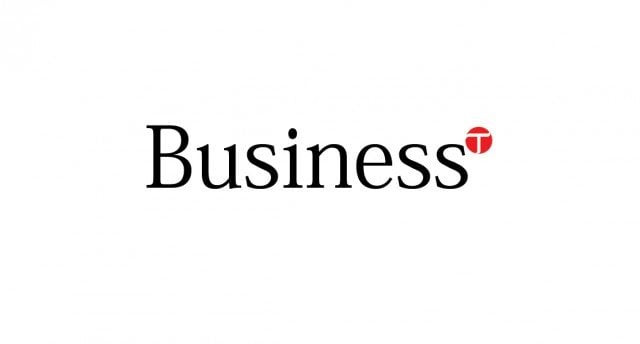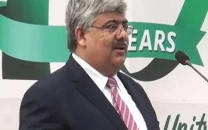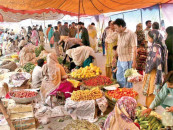FBS gives clean chit to itself, finds no data discrepancy

Sources in the FBS told The Express Tribune that the bureau has submitted its final report to the deputy chairman of the Planning Commission. It has ruled out all the objections raised by members of a fact-finding committee, over methodology and data consistency in estimating the national output for the last fiscal year.
The FBS had estimated 4.1 per cent provisional growth number, based on data obtained from different sources, and got these estimates approved from the National Account Committee meeting, held on May 18. The NAC members had raised serious objections, but it did not defer them from approving the growth estimates.
According to the report submitted to the Deputy Chairman, Planning Comm-ission, Dr Nadeemul Haq, the sources say, the provisional economic growth number is 4.09 per cent.
Similarly, the revised GDP growth in 2008-09 remains at 1.2 per cent, ruling out 0.3 per cent variation on account of an exchange rate deflator.
“The graduates of Lahore University of Management Sciences have a theoretical approach. They do not know how to apply data in a practical way”, said a key official of the FBS.
The fact-finding committee, formed by the government, had exonerated the government from the allegation of fudging the GDP growth. However, it had pointed out certain data discrepancies. The committee had consisted of three government officials and two private sector members.
Out of the three government officials, two, the Principal Economic Adviser of the Finance Ministry, Saqib Sherani, and Chief Economist Dr Rashid Amjad had raised their voices against the 4.1 per cent growth in a meeting of the National Accounts Committee.
Of the two private members, Dr Ashfaque Hasan Khan had not agreed with the fact finding committee’s findings, submitted on June, 24, and wrote a dissenting note. The other member, Dr Ijaz Nabi had added some points to the objections, which have now been ruled out by the FBS.
The private members had asked the FBS to recheck the exchange rate deflator, which was used to calculate the growth in trade and wholesale sectors.
The members had found 20 per cent variation in the exchange rate deflator against the last year is deflator. The private members also pointed out discrepancy in the primary data provided by banking and the power sectors.
Sources said that they have checked the trade record of the State Bank and there was no variation in the deflator. The rupee depreciated against the US dollar by 23 per cent and it went down to Rs 84 from 62 during 2008-09, which equalised the 20 per cent variation in deflator, they added.
Had the exchange rate deflator variation been established, the revised GDP growth for 2008-09 would have been 1.5 per cent instead of 1.2 per cent. Consequently, due to higher base the provisional GDP for 2009-10 would also have come down.
The sources said that private members objections over the difference between the primary and secondary date was also invalid. They said that the power sector data was checked by using the international methodology and stressed that no discrepancy had been found.
Published in The Express Tribune, July 4th, 2010.



















COMMENTS
Comments are moderated and generally will be posted if they are on-topic and not abusive.
For more information, please see our Comments FAQ